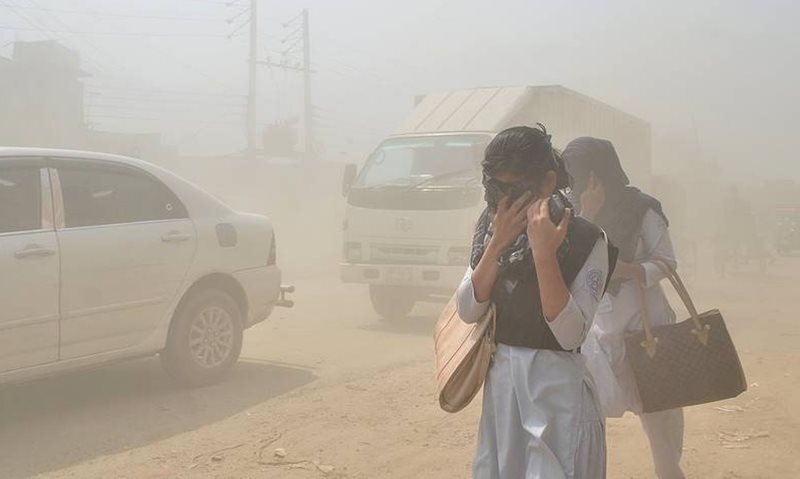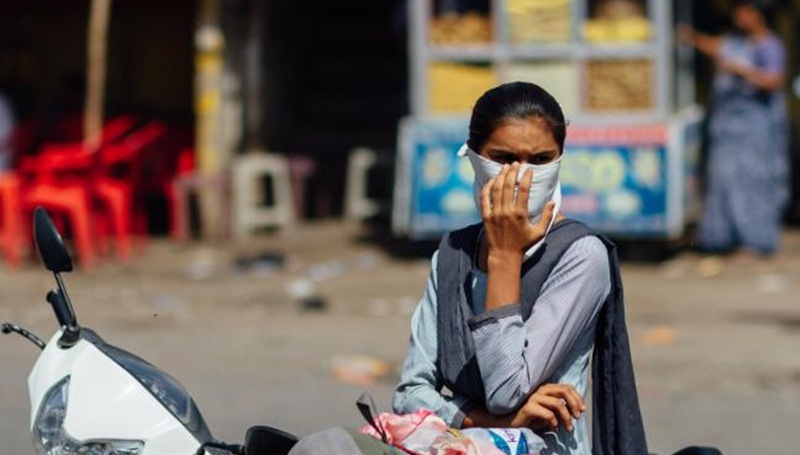Environment ministry assures India will revise its air quality standards
Taking cognisance of the health risks posed by air pollutants in far lesser concentrations than previously understood, the World Health Organisation (WHO) had revised the permissible limits for five major pollutants on September 22. Now, India is about to revise its air quality standards too. More details here.


While announcing the new guidelines, WHO Director-General Tedros Adhanom Ghebreyesus had urged the countries around the globe to revise their air quality standards downwards.
In the wake of the World Health Organization (WHO) revising its permissible levels for air pollutants on September 22, a senior official from the Union Environment Ministry stated in a seminar that the process to revise India’s current air pollution guidelines is underway.
“The Central Pollution Control Board is already working with NEERI (National Environmental Engineering Research Institute) on revising the AQ (air quality) standards. They will be coming with the new standards soon,” Sudheer Chintalapati, Joint Director, Ministry of Environment Forests and Climate Change stated in the seminar organised by an advocacy group named Climate Trends in New Delhi’s India Habitat Centre on October 12.
Explained: Why WHO revised guidelines for air quality — its implications for India
“The environment ministry launched the National Clean Air Programme in 2019 to reduce pollution by 25 to 30%. During the launch of the programme itself, the ministry had accepted that there is a need to revisit the air quality standards,” Chintalapati added.

Last month, WHO revised the permissible limits for five major pollutants — particulate matter (PM), ozone (O3), nitrogen dioxide (NO2) sulfur dioxide (SO2) and carbon monoxide (CO). Last time such a revision was announced was in 2005.
Also Read: Here’s what a study found while probing the link between air pollution and COVID19 in India
While announcing the new guidelines, WHO Director-General Tedros Adhanom Ghebreyesus had urged the countries around the globe to revise their air quality standards downwards.

“WHO’s new Air Quality Guidelines are an evidence-based and practical tool for improving the quality of the air on which all life depends. I urge all countries and all those fighting to protect our environment to put them to use to reduce suffering and save lives,” the WHO chief had said in the event.
WHO’s revised guidelines have reduced the prescribed tolerance for annual PM 2.5 average at 5 ug/m3, reducing it from 2005 limits set at 10 ug/m3.
Also, the PM10 annual average is now set at 15 ug/m3 in comparison to the earlier acceptable limit of 20 ug/m3. NO2 levels, which are a direct result of vehicular emissions, have been revised to 10 ug/m3, in comparison to 40 ug/m3 in the earlier set of guidelines released in 2005.
What is ‘PM’ in the air?
The air has suspended particulate matter (PM) of different sizes and many of these are a complex mixture of dust, pollen, soot and smoke and they are hazardous. Of this, PM 2.5 is the smaller kind, with a diameter not more than 2.5 micrometers (fine particles). PM2.5 is considered to have an adverse health impact as it can stay in the air for days or weeks, and is small enough to invade the lung airways.
According to Global Strategic Communications Council, New Delhi annual PM2.5 trends in 2020 was 16.8 times more than WHO’s revised air quality guidelines of 5 ug/m3, while Mumbai’s exceeded eight-fold, Kolkata 9.4, Chennai 5.4, Hyderabad seven fold and Ahmedabad exceeded 9.8 fold.

